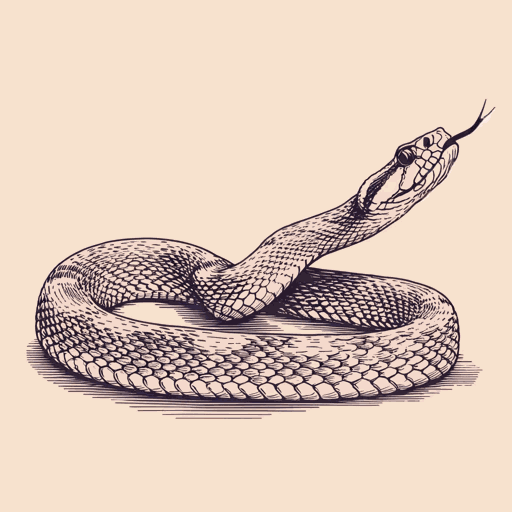50 pages • 1 hour read
Zora Neale HurstonMules and Men
Nonfiction | Anthology/Varied Collection | Adult | Published in 1935A modern alternative to SparkNotes and CliffsNotes, SuperSummary offers high-quality Study Guides with detailed chapter summaries and analysis of major themes, characters, and more.
Preface-IntroductionChapter Summaries & Analyses
Preface Summary
The original preface to Mules and Men was written by Franz Boas, Hurston’s anthropology professor and mentor at Barnard College of Columbia University (more information about Boas can be found in the “Key Figures” section of this guide). His brief introduction discusses how Hurston’s ethnographic research offers new insight into the lives of Black Americans living in the South, through Hurston’s use of cultural relativism: the anthropological notion that no one culture is superior or inferior to others.
Foreword Summary
This additional foreword was added to the book in 1990 and is written by Arnold Rampersad, an author and professor of English at Stanford University. He discusses Hurston’s difficulties in researching and publishing Mules and Men—namely, her challenges in eliciting information from strangers and compiling it into a cohesive work. Rampersad also details how it affected her later publications, especially her most famous work, 1937’s Their Eyes Were Watching God. He goes on to contextualize Hurston’s decision to conduct her research in the American South. Rampersad writes that this book’s intimacy and authenticity are directly linked to Hurston’s negotiation of her own Blackness, an identity muddled by her complex past. Ultimately, he argues that this work remains valid today, and even if Hurston’s methods were unscientific or even if she falsified some of the content, it remains one of the 20th century’s most honest interpretations of the lives of Southern Black communities.
Related Titles
By Zora Neale Hurston

Barracoon: The Story of the Last "Black Cargo"
Zora Neale Hurston

Drenched in Light
Zora Neale Hurston

Dust Tracks on a Road
Zora Neale Hurston

Hitting a Straight Lick with a Crooked Stick
Zora Neale Hurston

How It Feels To Be Colored Me
Zora Neale Hurston

Jonah's Gourd Vine
Zora Neale Hurston

Moses, Man of the Mountain
Zora Neale Hurston

Mule Bone: A Comedy of Negro Life
Langston Hughes, Zora Neale Hurston

Seraph on the Suwanee
Zora Neale Hurston

Spunk
Zora Neale Hurston

Sweat
Zora Neale Hurston

Tell My Horse: Voodoo and Life in Haiti and Jamaica
Zora Neale Hurston

The Eatonville Anthology
Zora Neale Hurston

The Gilded Six-Bits
Zora Neale Hurston

Their Eyes Were Watching God
Zora Neale Hurston

